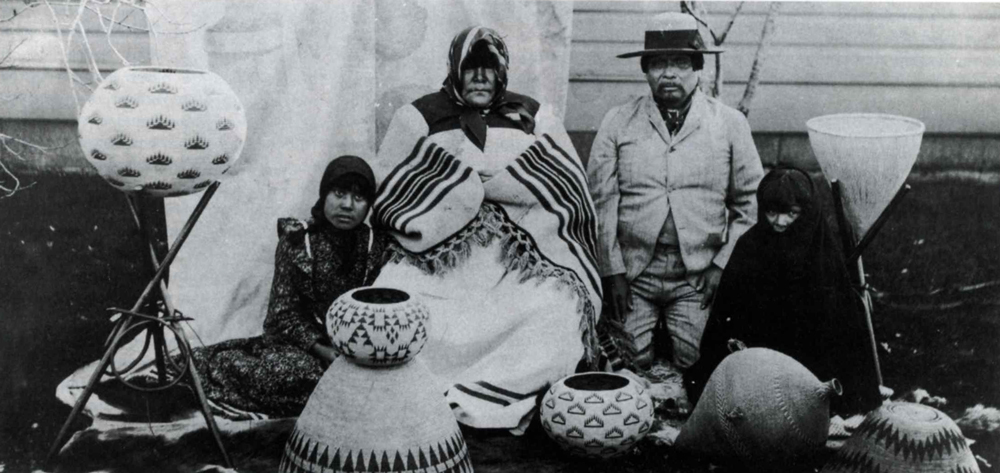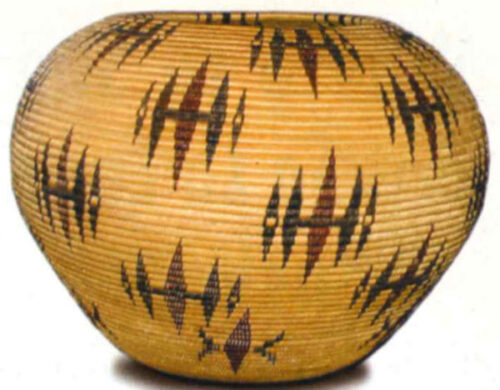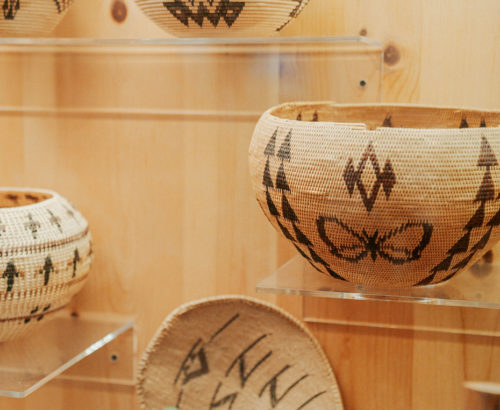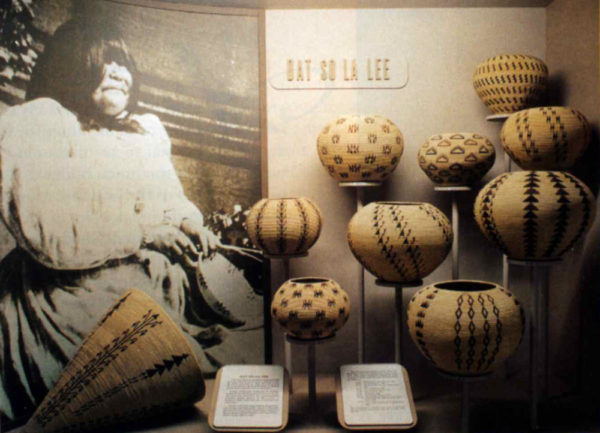With some of the Eastern Sierras’ most uncomplicated outdoor adventure, culinary delights with regional and global influence, an award-winning arts scene, and historical legacies the Silver State was founded by, what isn’t Carson Valley? With so much going on around here it can sometimes be tough to pick a place to start, but as far as we’re concerned, there’s no better way to dive into Carson Valley than by learning about some of the first and most lasting Carson Valley Legends. And named one of the country’s 150 most influential people, you’ll be glad you know her story.
Meet Dat So La Lee: Nevada’s Most Famous Basketmaker
Nevada is the ancestral homelands to the Northern Paiute, Western Shoshone, Southern Paiute, and the Washoe People—the last of which was the first to occupy what we know today as Carson Valley. Having lived near Lake Tahoe between Nevada and California, mostly moving with the changing seasons through the region, the Washoe people would typically spend summers up in Lake Tahoe, and winters down in the Valley in the Pine Nut Mountains, Virginia Range, and beyond. There were many important figures and so many influences we in the Carson Valley continue to draw from the Washoe people, but few were more famous, both regionally and nationally, than Washoe basket weaver Dat So La Lee.
Nestled up against Jobs Peak, Dat So La Lee was born in the tiny town of Sheridan, Nevada in 1829, though her original name was Dabuda, which means “young willow” in the Washoe language. She spent her life in and around modern day Carson Valley earning a living as a housekeeper and laundress for the sudden massive influx of prospectors and their families who came to Nevada during the mid 1850s to be part of Virginia City’s Comstock Lode silver discovery, and by 1895, eventually went to work as a washerwoman for Carson City couple Amy and Abram Cohn.
Becoming Louisa Keyser

While she worked various servant jobs throughout the decades, she perfected her craft of intricately woven baskets—something that has always been an important part of lifestyle and culture for the Washoe people—primarily made from willow intricately woven together with varying sizes and patterns, and made with a distinctive bulge, known as degikup (pronounced like day-gee-coup). Some will say the Cohns encouraged her to sell her own work while others argue that the pair exploited Dat So La Lee, reaping a cut from what would become a massive, national success story. But either way, the couple noticed the excellent craftsmanship of the baskets she made while working for them and living with her, and supported the sale of her work. And the timing on this couldn’t have been better because by the turn of the 20th century, America was just entering the “basket craze”, or a time when Americans would go to elaborate, spendy lengths for authentic Native American baskets and other handmade crafts.
So the Cohns got to work as her art dealer basically, and whipped up tall tales just about as wild as Mark Twain’s as a way to sensationalize and sell her baskets with their hefty cut baked in, and boy, did it work. The Cohns told people Dat So La Lee, who adopted the name Louisa Keyser while working for them, made such special baskets because she was a Washoe princess, and her royal stature alone is what allowed her to weave them in such an intricate, exclusive way. Or that she met with Civil War general John C. Fremont, even. But in reality, absolutely none of that was true—well, other than the fact that she made some of the most famous baskets to ever come out of Nevada, and put an otherwise very tiny tribe in the national spotlight.
An Icon of American Artistry From the Heart of Carson Valley

Because these baskets were made to be art pieces, that meant Dat So La Lee could take artistic liberties, like covering her baskets with larger, finely made designs that would otherwise make them impractical if they were actually being used to carry something, for example. Her signature degikup-style baskets—which typically start with a small circular base, extend up and out to a wide circumference, and then return to a smaller opening at the top—were made of many spectacular designs that sold for high dollar back at the turn of the 20th century, and well past the $1 million dollar mark in modern times.
Now praised as the Rembrandt or Michaelangelo of basket making by modern and contemporary art experts, Louisa Keyser ultimately went on to weave thousands of baskets that Cohn’s Emporium in downtown Carson City documented and sold up until her death in 1925. And while the Nevada Historical Society in Reno maintains the largest collection of Dat So La Lee’s impeccable work, many of her baskets rotate through heavily guarded museums and gallery exhibits around the country in places as far away as New York. But you know as far as we’re concerned, there’s no more authentic way to learn Dat So La Lee’s legacies than from the place where her story originally began.
Celebrate National Native American Heritage Month any day of the year from downtown Gardnerville’s Carson Valley Museum & Cultural Center, which offers amazing area history of all kinds, but even more fascinating information about Dat So La Lee’s life’s work, including her baskets, which are displayed within. With artistry this sophisticated, influential, and beloved, it’s better if you see it with your own two eyes, anyway.
For more information on Dat So La Lee and to plan your visit to the Carson Valley Museum & Cultural Center, get in touch with the museum directly at (775) 782-2555, or visit their website right here.




